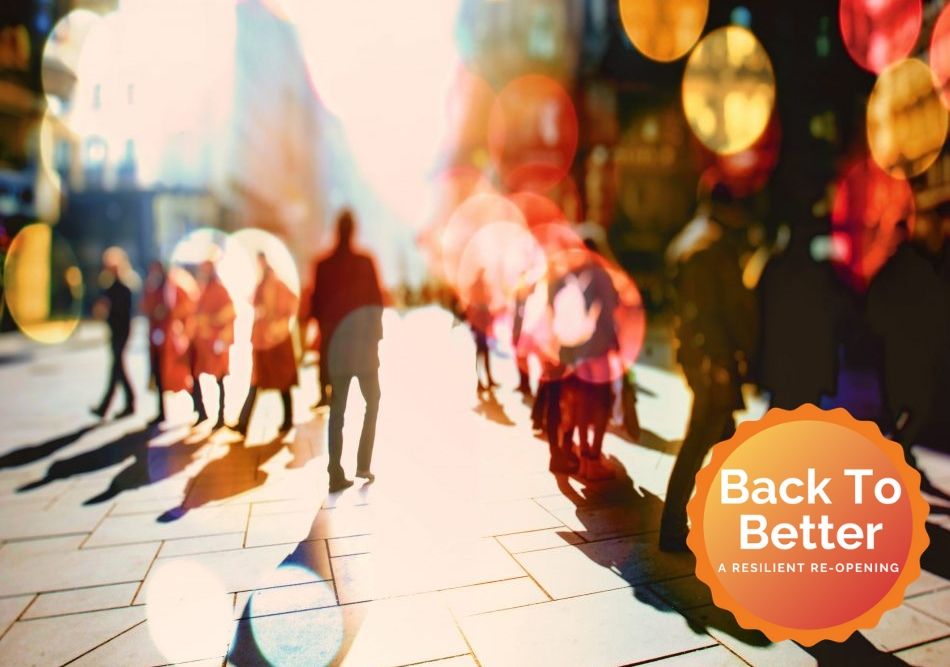The UK is viewing the coronavirus pandemic as an opportunity to reduce crowding on public transport and gridlock on roads. To do this, the UK has announced a £2 billion ($2.5 billion) package to put cycling and walking “at the heart of” Britain’s post-coronavirus transportation plan.
While it will certainly contribute to a greener and healthier recovery in the wake of the pandemic, data suggests getting more people to bike in the UK is an uphill battle. According to Cycling UK, cycling accounted for 1.7% of all trips in 2018, a figure that has barely changed for at least 17 years. While 16.7% of people cycled or walked to work that year, two-thirds drove or took a taxi. Cycling made up only 1% of the mileage accumulated by all vehicular road traffic.
Across the North Sea, meanwhile, bicycles are prioritized over cars in the Netherlands, and the Danish capital Copenhagen is one of the most cycling-friendly cities on the planet. In 2016, 41% of trips to work and school in Copenhagen took place on bicycles; the city’s goal, by 2025, is 50%. At rush hour, parents navigate major roads with kids in their bikes or cycling beside them. There’s a famous “traffic playground,” where kids under eight go to learn to ride a bike in a mini-version of the city, with traffic lights and pedestrian walkways and other urban features.
According to one study, 76% of Danes feel safe biking; in London, 96% reported feeling unsafe out on the roads.
The UK’s new plan is meant to address that by investing money into interventions that will make cycling and walking safer, such as wider sidewalks and cyclist-only streets. The government will bring forward a “national cycling plan” in June to try and double cycling (and increase walking) by 2025. It will trial the use of e-scooters to get rental schemes up and running in cities and publish statutory advice for councils to accommodate cyclists and walkers.
Transport Secretary Grant Shapps has pitched the plan as a once-in-a-generation opportunity to change how people travel and said that one of the few good things to come from this crisis will be lower levels of air pollution, which he said results in 20,000 excess deaths a year.











